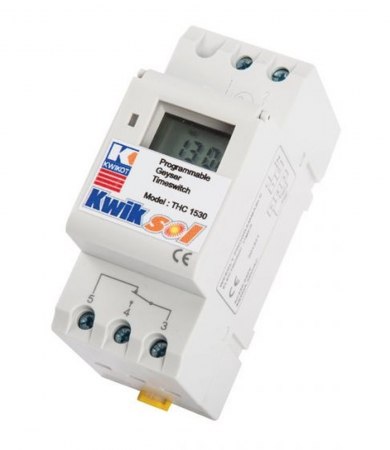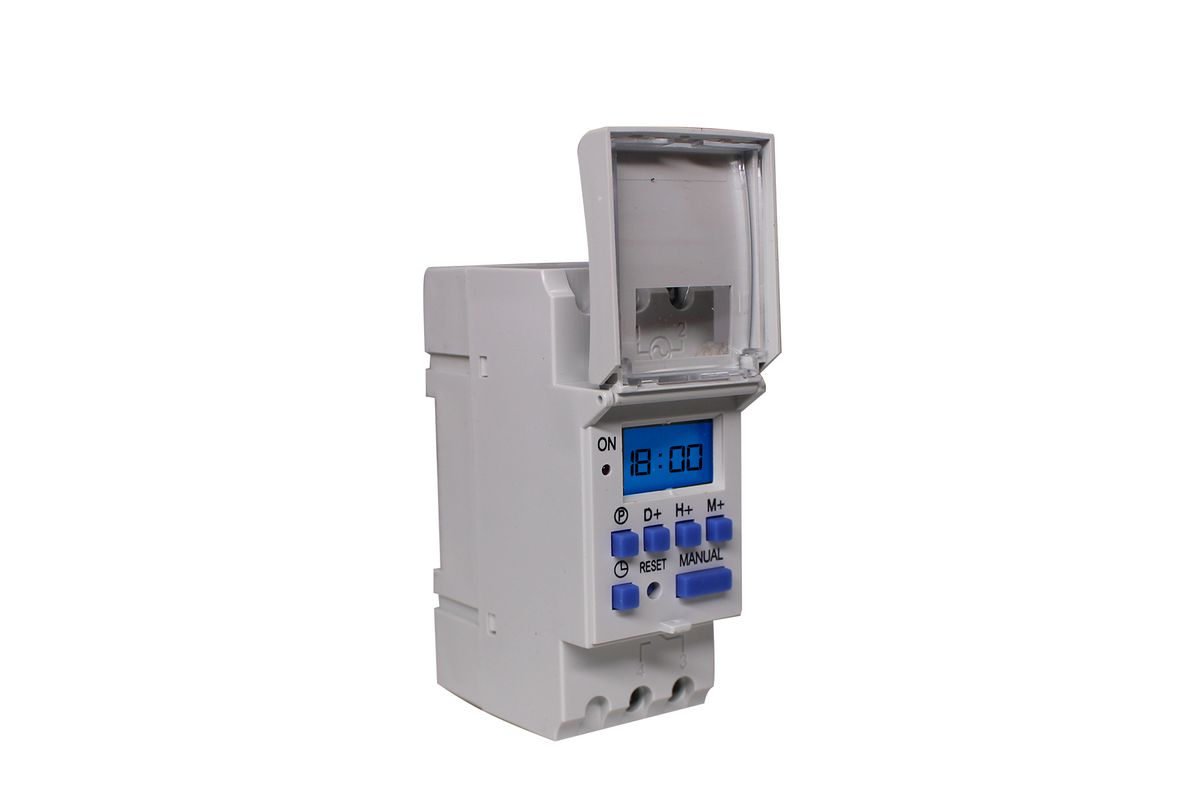Easy Installation Tips for a Geyser Timer in Your Home
Easy Installation Tips for a Geyser Timer in Your Home
Blog Article
Comprehending the Common Issues Linked With Geyser Timers for Efficient Water Home Heating
The reliable functioning of geyser timers is necessary for maximizing water home heating performance, yet users typically run into a range of common issues that can jeopardize efficiency. Breakdowns, wrong settings, and compatibility difficulties are simply a few of the barriers that can emerge, possibly leading to increased energy costs and decreased integrity. Additionally, power supply disparities and the requirement for routine upkeep can make complex issues additionally. Comprehending these aspects is key to guaranteeing that hot spring systems run at their finest, inviting a closer exam of the options that can resolve these widespread issues.
Typical Malfunctions

One prevalent breakdown is the failing of the timer to start home heating cycles. This can occur because of electric issues, such as a blown fuse or malfunctioning wiring, stopping the timer from getting power. Another common issue is irregular temperature guideline; the hot spring may overheat or fall short to heat water appropriately. This could be credited to a malfunctioning thermostat or debris build-up within the tank, protecting the home heating component.

Incorrect Timer Setups
Misconfiguration of timer settings is a common concern that can cause considerable inefficiencies in geyser operation. When timers are set improperly, they might trigger the hot spring at suboptimal times, resulting in either not enough heating of water or too much energy intake. As an example, if the timer is set to activate during optimal electrical energy hours, it not only pumps up utility bills however also brings about unnecessary pressure on the electrical infrastructure.
Additionally, wrong timer settings can interrupt the availability of hot water when required - geyser timer. A badly set up schedule may leave houses without hot water during optimal usage periods, creating trouble and disappointment. Alternatively, continuous operation as a result of misconfigured timers can lead to overheating, harming the hot spring and increasing upkeep prices
Customers must acquaint themselves with their hot spring's home heating requirements and adjust the timer to align with their particular needs. Correctly configured timer settings inevitably add to a more sustainable and affordable water home heating remedy.
Compatibility Problems
Compatibility problems can considerably impact the performance of hot spring timers, especially when integrating with various heating unit or wise home technologies (geyser timer). Many hot spring timers are created to deal with specific kinds of water heating systems, such as resisting heating components or gas-fired systems. If a timer is not suitable with the heater, it may not function appropriately, causing inefficient water home heating and even damage to the system
In addition, as wise home technology remains to develop, the combination of geyser timers with home automation systems can posture difficulties. Not all geyser timers use the same degree of connectivity, which can prevent their capability to communicate successfully with mobile applications or clever hubs. Customers might discover themselves not able to regulate their geyser timers from another location or set timetables that line up with various other wise tools in their home.
Furthermore, the compatibility of hot spring timers with existing electrical facilities can additionally be an issue. Variations in voltage rankings, circuitry standards, and circuit configurations can result in functional problems. It is critical to completely evaluate compatibility with both the home heating tools and the home's electrical system prior to selecting a hot spring timer to make certain ideal efficiency.
Power Supply Problems
Power supply problems can severely impede the capability of geyser timers, causing unreliable operation and increased power prices. These issues might come from inadequate voltage supply, inconsistent source of power, or faulty wiring. A hot spring timer needs a stable electrical input to operate ideally; variations can lead to erratic efficiency or total failing.
Moreover, inaccurate voltage rankings can damage the timer, rendering it faulty. It is important to guarantee that the hot spring timer works with the electrical specs of the installation site. In addition, power pop over here surges or disturbances can interrupt the timer's programs, bring about ineffective home heating cycles and unforeseen operational delays.
In circumstances of consistent power supply problems, getting in touch with a qualified electrical expert is recommended to ensure that the electrical facilities properly sustains the hot spring timer's requirements. Correct focus to power supply can improve the efficiency and longevity of the geyser timer system.
Maintenance and Troubleshooting
Regular maintenance and troubleshooting are important for ensuring the reputable procedure of hot spring timers. Regular checks ought to include evaluating the timer's connections and electrical wiring for any type of signs of wear or damage. Guarantee that all electric parts are protected and complimentary from rust, as this can affect performance. On a regular basis tidy the timer device and bordering locations to protect against dirt accumulation, which can hinder its procedure.
If problems arise, start troubleshooting by resetting the timer to its default settings. Validate the power supply to guarantee the timer is getting adequate voltage. Speak with the maker's guidebook for particular diagnostic steps if the timer stops working to operate as expected. Usual problems may consist of wrong shows or a malfunctioning button, which can typically be resolved by reprogramming or replacing the damaged element.
Furthermore, think about scheduling professional evaluations every year to resolve potential issues proactively. This technique can expand the life expectancy of the hot spring timer and maximize its performance. By focusing on upkeep and efficient troubleshooting, users can minimize usual issues and guarantee regular performance from their geyser timers.
Final Thought
To conclude, identifying and addressing the typical problems associated with hot spring timers is important for maximizing water heating effectiveness. Timer breakdowns, wrong setups, compatibility obstacles, and power supply problems can considerably influence efficiency. Routine maintenance and troubleshooting can alleviate these worries, making sure that geyser systems run dependably and properly. By proactively handling these variables, energy performance can be enhanced, resulting in enhanced water home heating efficiency and lowered functional costs.
The reliable performance of hot spring timers is necessary for maximizing water home heating performance, yet users typically come across an array of typical problems that can jeopardize performance. over at this website When timers are set incorrectly, they might turn on the hot spring at suboptimal times, resulting in either inadequate heating of water or excessive energy intake.Compatibility problems can significantly influence the efficiency of hot spring timers, specifically when incorporating with different heating systems or smart home modern technologies. Several hot spring timers are developed to work with specific kinds of water heating units, such as resisting heating components or gas-fired systems.In verdict, acknowledging anchor and dealing with the common concerns connected with geyser timers is crucial for enhancing water heating performance.
Report this page